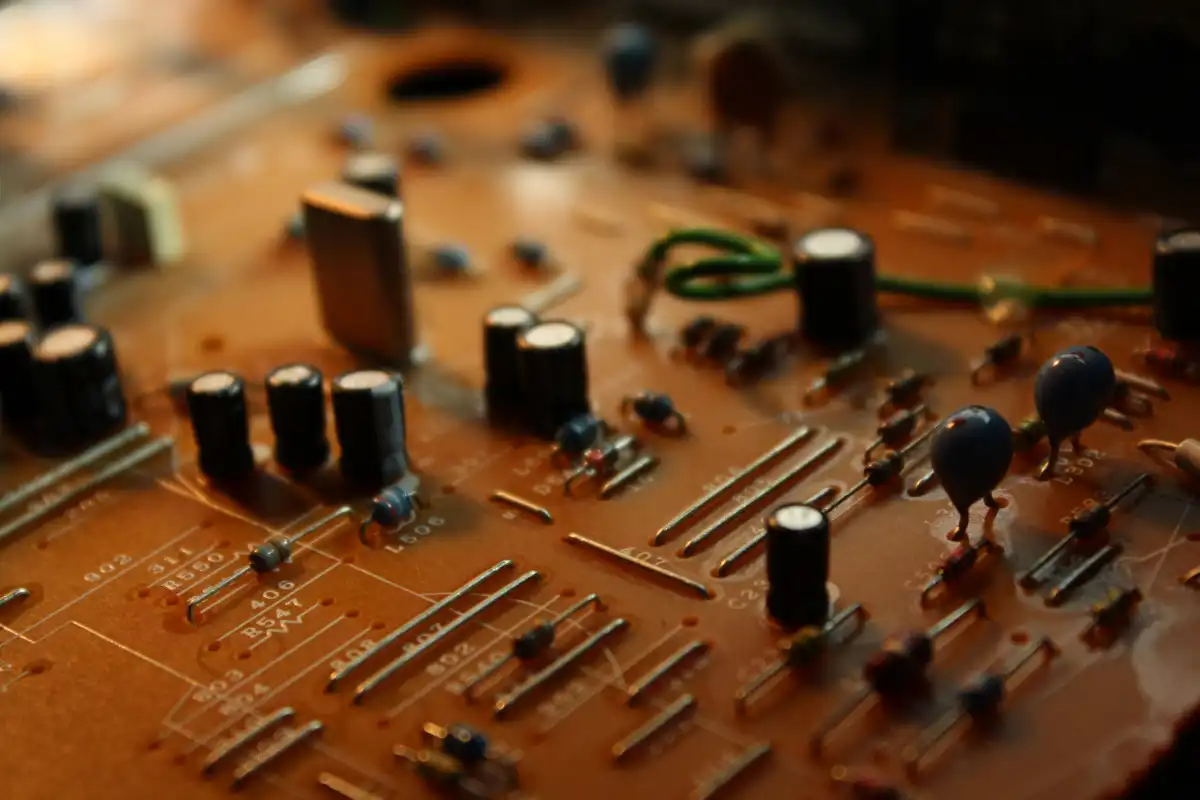Vehicle Safety Scoring Changes
The Euro NCAP, responsible for providing motorists with information about the safety of new vehicles in Europe, has introduced a change to its scoring criteria. This alteration could affect many car manufacturers who have long since replaced physical buttons with large touchscreens.
According to the changes, starting 2023, the NCAP will be rewarding greater safety scores to vehicles equipped with physical buttons rather than touchscreen displays.
This change makes it clear that European policymakers are greatly concerned about distracted drivers.
Physical Buttons versus Touchscreens
Touchscreens in cars have become an increasing trend in the automotive industry. They have allowed carmakers to change a vehicle's specifications and features without redesigning the entire dashboard.

However, touchscreens can potentially lead to distracted driving, as drivers need to take their eyes off the road to accurately use them.
The reintroduction of physical buttons helps drivers remain focused on the road as they provide tangible feedback, allowing for easier use without the need to look down.
Extent of Distraction
Studies have assessed the extent of distraction caused by touchscreens in vehicles. Some researchers have noted that interactions with touchscreens can take up to 50% more time compared to using physical buttons.
This lengthened interaction time could translate to a longer duration of drivers diverting their eyes from the road, which increases the risk of accidents.
Physical knobs and buttons, however, can mitigate such distraction, primarily due to their tactual nature that helps drivers use them without having to glance away from the road.
Resistance to Change
Despite the apparent safety and ergonomic merits of physical buttons in vehicles, a significant fraction of car manufacturers have been reluctant to make a swift transition.
Interestingly, automakers like Ford and Porsche nevertheless have resisted the lure of digitization by retaining physical buttons in their models.
However, many other popular brands like Tesla, Volvo, and Land Rover have opted for touchscreens, often citing aesthetic and modernization reasons.
This insistence, however, may become problematic with the NCAP’s new safety scoring system.
Fallouts and Implications
The new changes brought by NCAP will inevitably induce an interesting fallout. For instance, automakers who prioritize safety scores might reintroduce physical buttons in their future models.
On the other hand, companies who succumb to the touchscreen temptation might have to endure lower safety scores.
This decision could serve as a wake-up call for brands, urging them to carefully consider their design philosophy due to the safety implications.
Only time will tell how car brands will react to this development and the consequent shifts in consumer preferences.
Conclusion
In summary, the physical button versus touchscreen debate has gained unprecedented prominence, as it represents the larger question of safety versus modern design.
There is no denying that touchscreens have revolutionized car interiors, giving them a sleeker, more modern look and feel.
However, the safety and ergonomic benefits of physical buttons are too significant to be overlooked, as demonstrated by the new policies of the NCAP.
As the automotive industry progresses, companies will be challenged to strike a balance between functionality, aesthetic preferences, and most importantly, driver safety.